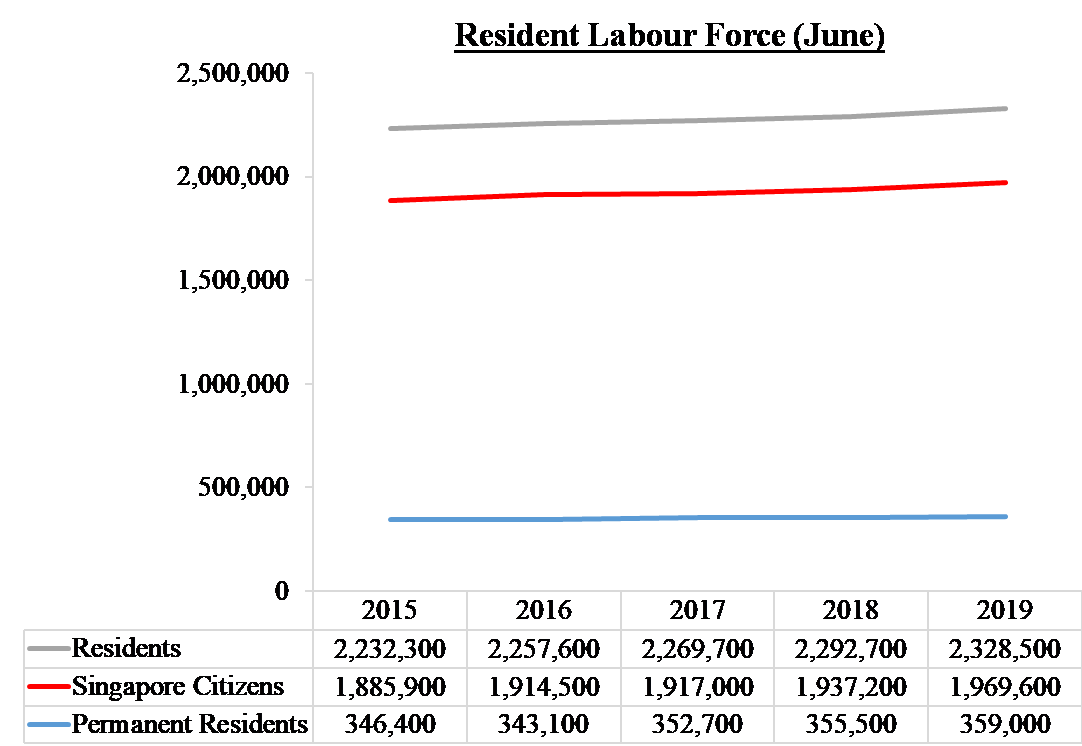
Labour market statistics are intended to track labour market performance which reflects economic activity. The statistics are wide in coverage to provide a comprehensive picture.
With this intent in mind, statistical agencies worldwide typically cover the population residing in their country when presenting their regular statistical releases, without a breakdown by nationality. There is also a technical consideration. Most national statistical agencies do not disaggregate labour statistics by nationality due to limitations of data collection. Surveys conducted with smaller sample sizes often do not contain enough data points for meaningful analysis.
In Singapore, we follow a similar practice to facilitate international comparisons. We regularly report on Total Employment, Overall Employment Rate, and Overall Unemployment.
We have in fact gone a step further to also present resident labour market statistics (which excludes foreign workers) such as the employment rate for Residents, unemployment rate for Residents, and retrenchment for Residents.
In most instances, there is little value from a statistical standpoint to further decompose resident labour market statistics into Singapore Citizens (SCs) and Permanent Residents (PRs). Citizens make up a large majority of the resident labour force, at about 85%. The PR population has also remained stable over time at about 0.5 million. These two facts taken together means that for the most part, resident data mirrors citizen data, and having citizen data in addition to resident data provides little additional information.

Source: Comprehensive Labour Force Survey, Manpower Research & Statistics Department, MOM
Nevertheless, in recognition of public interest and where data is large enough for breakdowns to be meaningful, citizen data may be published. For example, in reply to a Parliamentary Question in 2016, the Ministry of Manpower reported that SCs make up about 80% of employed PMETs from 2013 to 2015 (See Parliamentary Reply).
Citizen data is also regularly released for key statistics. Citizen unemployment rate is available quarterly, with the latest data (as at September 2019) released in December 2019. Citizen income growth is available annually, with the latest data (as at June 2018) released in January 2019.
We use cookies to tailor your browsing experience. By continuing to use Gov.sg, you accept our use of cookies. To decline cookies at any time, you may adjust your browser settings. Find out more about your cookie preferences here .









.jpg?Status=Master&sfvrsn=c22a0ec4_0;mw=1000&hash=AEBFFAB60CB60B4BFD8B18367921A5EE)







